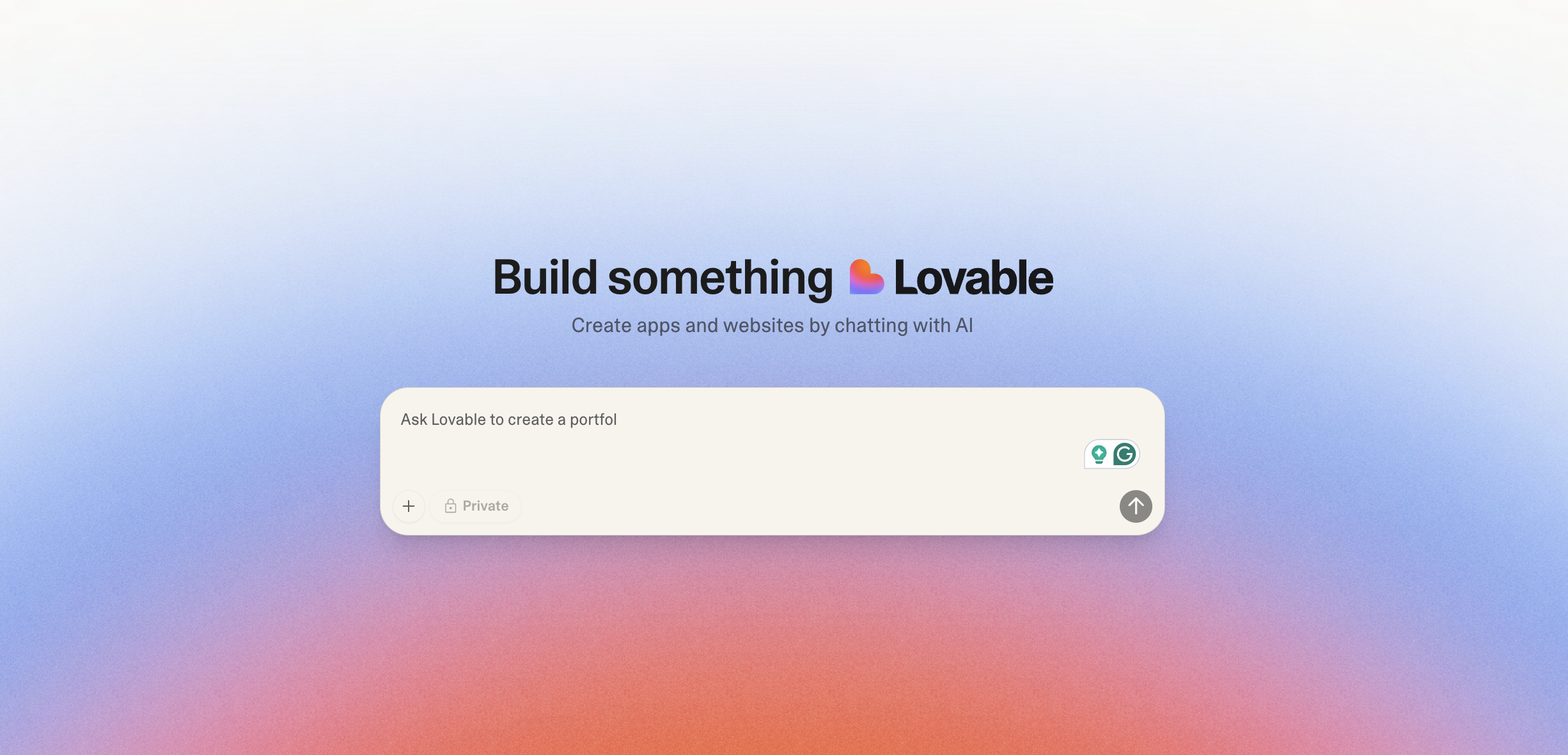Instructional Design vs. Human Performance Technology: Cousins in the Workplace
By Anthony Miller
Lead Instructional Designer and Hiring Manager
Would you prefer to listen to this post? Click below.
Two Sides of the Coin: Instructional Design and Human Performance Technology:
In workplace performance and learning, two powerful approaches often come up: Instructional Design (ID) and Human Performance Technology (HPT). Both are essential for improving individual and organizational performance, but they serve different roles. While these two models are related and often used together, they differ. They share some common ground—hence, like “cousins”—but their focus, scope, and methods distinguish them.
In this post, we’ll explore the differences and similarities between Instructional Design and Human Performance Technology, how they complement each other in the workplace, and when you might use one approach.
The Foundations: What Are Instructional Design and Human Performance Technology?
Instructional Design (ID)
At its core, Instructional Design is the systematic development of educational and training programs. Instructional designers aim to create learning experiences that help individuals acquire knowledge and skills efficiently. The process typically follows a model like ADDIE (Analysis, Design, Development, Implementation, and Evaluation), which helps guide the creation of training programs and materials.
Key Focus:
Creating learning objectives to ensure knowledge transfer.
Developing instructional materials such as courses, lessons, or training programs.
Designing assessments to measure the acquisition of skills and knowledge.
Focused on training as the primary solution to performance issues.
Human Performance Technology (HPT)
Human Performance Technology, on the other hand, is a broader approach to performance improvement that encompasses much more than training. HPT identifies performance problems, analyzes the root causes, and implements a range of solutions—some of which may include training, but also process improvements, resource changes, or organizational adjustments. HPT is driven by a desire to optimize overall performance rather than just knowledge acquisition.
Key Focus:
Improving performance by addressing various factors, including systems, tools, incentives, and environment.
Conducting gap analysis to identify the discrepancy between desired and actual performance.
Implementing a wider range of interventions, such as improving communication, reorganizing workflows, or adjusting incentives.
Training is only one potential solution out of many.
Similarities Between Instructional Design and HPT
Despite their differences, Instructional Design and Human Performance Technology share common ground. Both are systematic approaches that rely on data and research to drive decisions. Both aim to improve outcomes—whether through learning or performance—and both models value evaluation as a critical component in determining success. Let’s look at these commonalities:
Systematic Approach: Both ID and HPT involve structured processes to identify problems, create solutions, and evaluate outcomes. In ID, the focus is on instructional solutions, while HPT takes a broader view that may include non-instructional interventions.
Evaluation-Centered: Both models prioritize continuous improvement through formative and summative evaluation. In Instructional Design, the evaluation focuses on whether learners have acquired the necessary knowledge and skills, while in HPT, evaluation looks at overall performance improvement and return on investment (ROI).
Data-driven: Both approaches rely on data to make informed decisions. Instructional designers collect data to assess learner needs and measure the effectiveness of training programs. In HPT, data is used more broadly to assess both performance gaps and the organizational context, identifying the root causes of performance issues.
Key Differences: When to Use Instructional Design vs. HPT
While both approaches are highly effective, their scope and focus differ significantly. Knowing when to use Instructional Design and when to apply HPT is key to addressing the right problems in the workplace.
Focus on Training vs. Performance
Instructional Design is primarily concerned with learning solutions. It is used when there is a clear need for knowledge or skill acquisition. For example, if employees lack understanding of a new software tool, ID would be the right approach to create a training program that fills that knowledge gap.
HPT, on the other hand, looks at performance problems holistically. If employees are underperforming, but it’s due to factors like unclear goals, outdated tools, or poor communication—not just a lack of knowledge—then HPT is the appropriate framework to use. HPT might conclude that training isn’t the primary solution and instead recommend organizational or environmental changes.
Problem-Solving Scope
Instructional Design is primarily focused on the learner. It analyzes what learners need to know or be able to do and creates educational materials to fill those gaps.
HPT goes beyond the learner and looks at the entire system. It involves analyzing work processes, environments, tools, and the broader organizational culture to identify why performance gaps exist. Training is one potential solution, whereas HPT could recommend workflow redesign, process automation, or incentive changes.
Range of Interventions
Instructional Design solutions almost always result in a training program. Whether that’s e-learning, workshops, or a blended learning solution, the aim is to transfer knowledge and skills.
HPT solutions are more diverse. Besides training, interventions could include changes to tools and resources, policy changes, job redesign, or modifying the organizational environment to better support employees. The goal is to optimize the overall performance system, not just individual skill levels.
Real-World Applications: Case Scenarios
Scenario 1: When Instructional Design Is the Best Fit
A mid-sized company is rolling out a new project management tool, and employees struggle to use it effectively. After analyzing the situation, it becomes clear that the issue needs more familiarity with the tool. Here, the solution is clear: the company needs a well-designed training program to teach employees how to use the new tool efficiently.
In this scenario, Instructional Design is the best approach. The focus is on knowledge acquisition—creating a structured training program that teaches employees the necessary skills to perform their jobs with the new software.
Scenario 2: When HPT Is the Best Fit
A manufacturing company has been experiencing a decline in productivity on the production floor. Initially, management assumes that more training is needed, but an HPT consultant is brought in to analyze the situation more deeply. The consultant discovers the real issue is outdated equipment and poorly defined roles among workers, leading to bottlenecks and confusion.
In this case, Human Performance Technology is the best fit. The performance gap isn’t due to a lack of knowledge but to systemic issues within the production environment. The solution may involve upgrading equipment, clarifying job responsibilities, and introducing better workflow processes. Training alone wouldn’t solve the underlying problems.
Bringing ID and HPT Together: A Complementary Approach
While Instructional Design and HPT are distinct models, they can complement each other effectively in the workplace. Often, an HPT approach may identify training as one of several interventions needed to address performance problems. In these cases, instructional design is critical in creating the training component for the broader solution.
For example, in the manufacturing scenario mentioned earlier, the HPT intervention might involve training employees to use the new equipment or follow newly established workflows. In such cases, Instructional Design works within the broader HPT framework to create effective learning experiences that align with the overall performance goals.
Conclusion: Cousins in Performance Improvement
Instructional Design and Human Performance Technology may share a common goal—improving performance—but they do so in different ways. Instructional Design focuses on teaching and training, developing targeted learning solutions to fill knowledge or skill gaps. Human Performance Technology takes a broader, systems-level view, addressing various factors that impact performance, from work environment to motivation and tools.
Understanding when to apply each approach—or when to use them together—enables instructional designers and performance consultants to more effectively solve performance problems and drive success in the workplace. So, whether you’re designing a training course or looking to overhaul an entire system, ID and HPT offer valuable frameworks for improving individual and organizational outcomes.
Discussion Assignment: HPT in Action
Join the conversation and participate with the 24/7 Instructional Design community by completing the discussion question and adding your answer in the comment section below:
How do you decide whether to address a workplace performance issue with a training-focused approach like Instructional Design or a broader systems-level intervention through Human Performance Technology? Can you share examples from your experience where one approach was more effective than the other?
Need Guidance on Navigating the Shift to Instructional Design?
Before You Go...
Discover the Unmatched 24/7 Teach Experience:
Our Instructional Design bootcamps and career coaching services have a 100% success rate. We redefine learning by immersing you in practical, hands-on projects, ensuring you acquire vital professional expertise while making a meaningful difference in your community.
Unlock your true potential today with 24/7 Teach and invest in your future.











